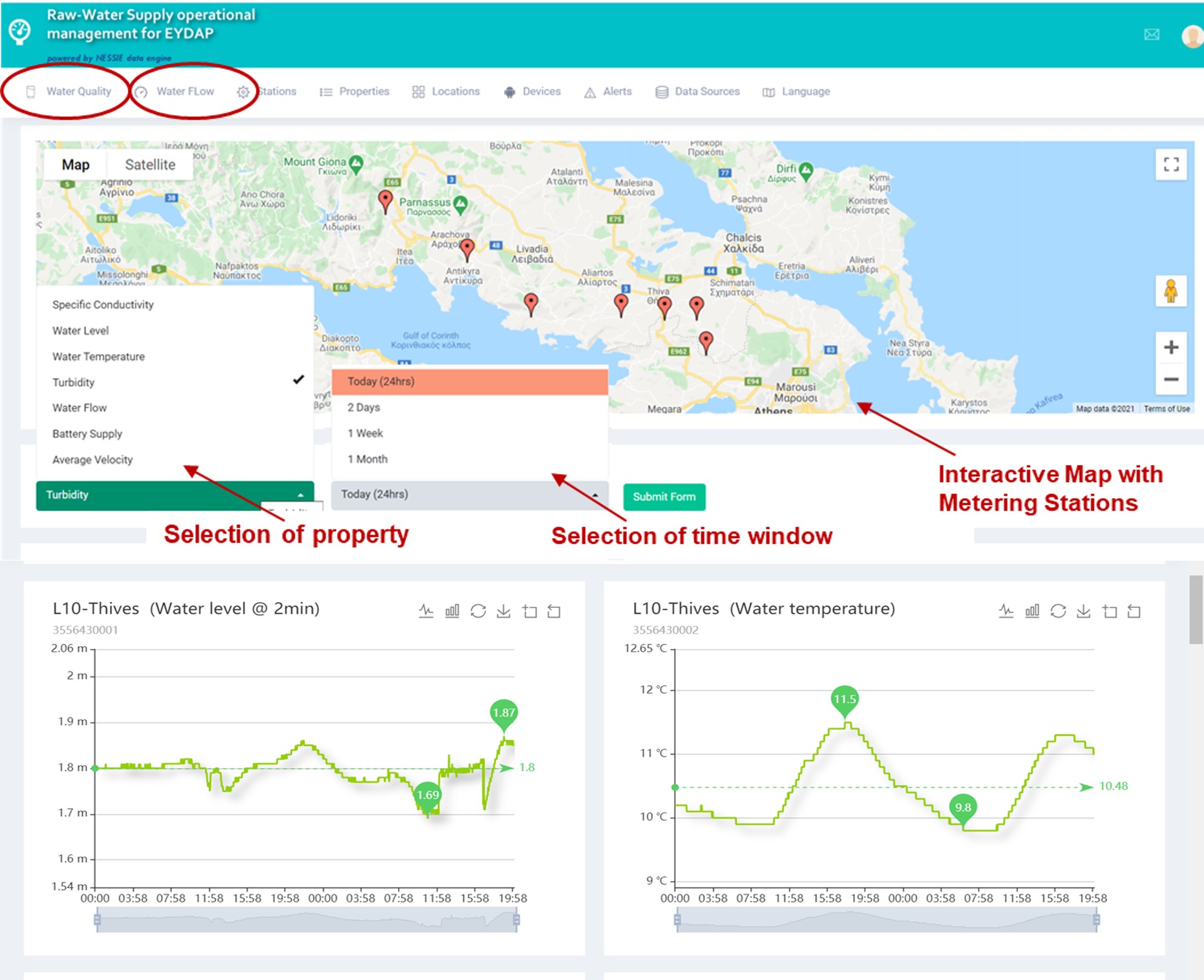
Description
Nessie platform is an information system, developed within NTUA, aiming to acquire, process and store, and manage high-resolution real-time data from IoT agents, such as sensors and smart meters, coupled with analytics (to translate the data into information) and visualisation capabilities in order to present valuable information to the end-users.
Nessie platform is composed of 6 independent components: a) the data collector/parser components that collects raw data from a source, such as an FTP server; b) the Data Mapper component that formats the data in way that is supported by the third component, the Database server; c) The GIS-enabled PostgreSQL Database Server that stores the data; d) The GUnicorn Python Web Server coupled with the NginX reverse proxy server in order to receive HTTP(s)-enabled requests from 3rd party clients; e) the Back-end engine, that supports the processing of stored data and implements a series of embedded analytics; f) And finally, the web interface that delivers information to the end-users.
As of 2021, Nessie, also provides a private API for 3rd party clients to authenticate and retrieve or store real-time sensor or simulated data. With the power of Redis (BSD licensed) Server, Nessie can notify 3rd party members of real-time information on a subscription-based (Pub/Sub) communication and allow for data storage and retrieval of real-time or historical sensor data.
Target audience
Owner of the product
Sign in to access this information.Actors, their roles and interactions
Nessie is a highly customisable system which can be adapted to support the specific requirements of any smart monitoring and control system. The system is continuously being upgraded in the framework of EU- and National-funded projects, and so far it has been deployed to support smart applications for the real-time monitoring and control of water consumption (for both water utilities and end-users/householders), remote control of Sewer Mining Units and management of Subsurface Water Systems. Currently, special focus has been given to connect Nessie with FIWARE platform (in the framework of Fiware4Water project) to support the development of interoperable and standardised digital solutions.
Through Nessie, technology providers and water utilities give access to real-time data collected from smart meters. Householders and water utilities get access, analyse and visualise data through the dashboard.
Unique selling points
Nessie system is a in-house product, developed within NTUA.
Technical requirements
Minimum technical requirements:
- Python version v3.8
- Django Web Application Framework v3.2
- Pandas Data Analysis Library for Python (for time-series data manipulation) v1.0.5
- NumPy (scientific computing library for Python) v1.18
- REST Framework for greater portability and easier maintenance 3.12.
- GIS-ENABLED PostgreSQL v14
- Gunicorn v20.1
- Redis v4
- Nginx
- Pillow v8.4
For the end-users of the product, a browser to interact with the dashboard is required.
Recommended front-end frameworks to support Nessie engine:
- JQuery v3
- Bootstrap v4
- Ajax/REST requests
Software data
| 2016 | |
|
|
| Commercial | |
| Software is available for research purposes free of charge on a time limited license. For commercial purposes there are commercial agreement options. |
Publications
- Makropoulos, C., Kossieris, P., Kozanis, S., Katsiri, E., Vamvakeridou-Lyroudia, L., 2014. From smart meters to smart decisions: web-based support for the water efficient household. 11th International Conference on Hydroinformatics, Proceedings HIC2014, 17-21 August 2014, New York, USA, 2014.
- Kossieris, P., Panayiotakis, A., Tzouka, K., Gerakopoulou, P., Rozos, E., Makropoulos, C., 2014. An eLearning Approach for Improving Household Water Efficiency. Procedia Engineering, 89, 1113–1119. https://doi.org/10.1016/j.proeng.2014.11.232.
- Kossieris, P., Kozanis, S., Hashmi, A., Katsiri, E., Vamvakeridou-Lyroudia, L.S., Farmani, R., Makropoulos, C., Savic, D., 2014. A Web-based Platform for Water Efficient Households. Procedia Engineering, 89, 1128–1135. https://doi.org/10.1016/j.proeng.2014.11.234.
- Kossieris, P., Pantazis, C., Makropoulos, C., 2021. Data-models for FIWARE-enabled smart applications for raw-water supply system modelling, management and operation. Advances in Hydroinformatics: SIMHYDRO 2021, SimHydro 6th International Conference, June 16-18 2021 (in press).
URL
https://uwmh.eu/products/84-nessie-system.html
Technologies applied by the product
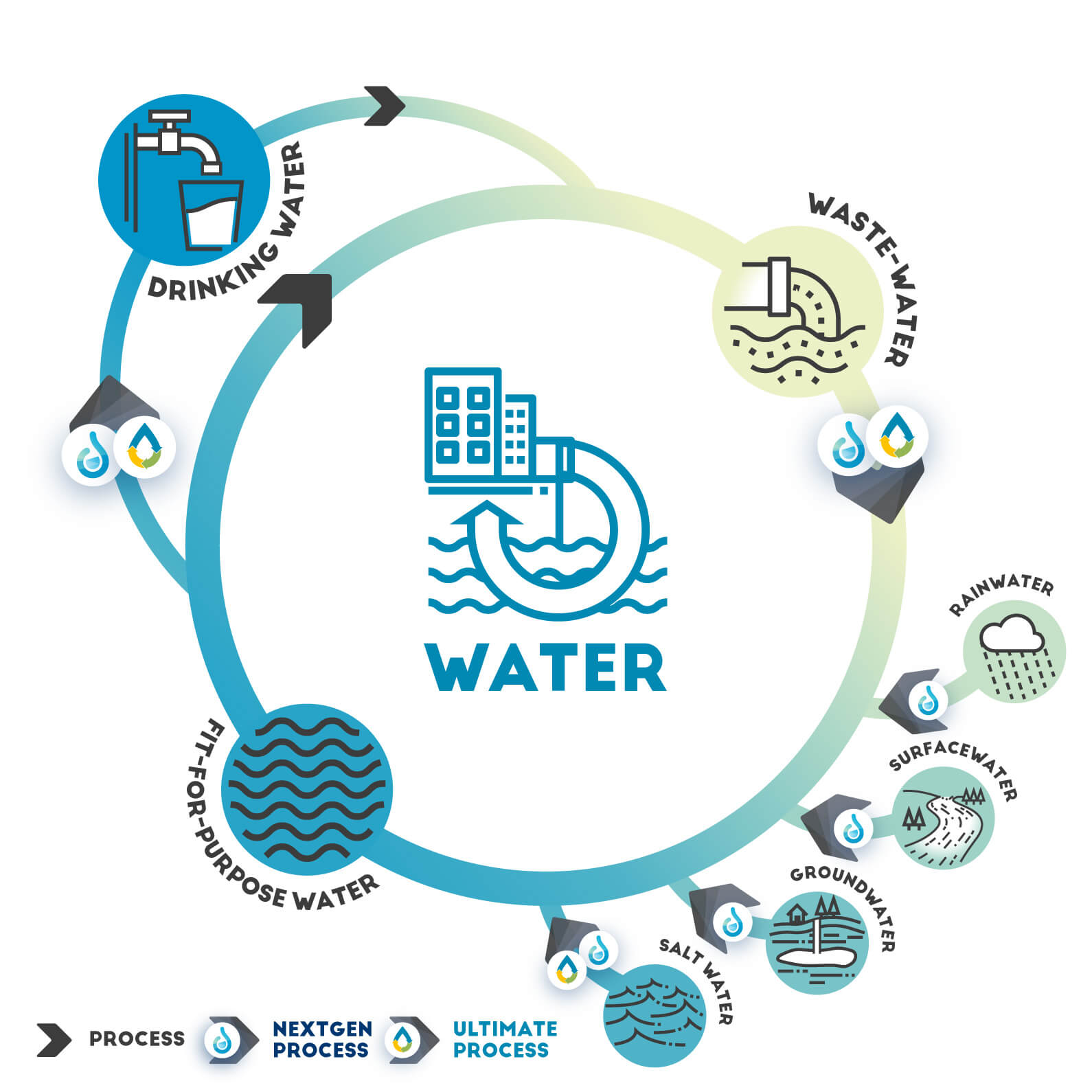
Desalination technologies
Desalination technologies reduce water salinity, allowing regenerated water with sufficient quality to be reused in var…
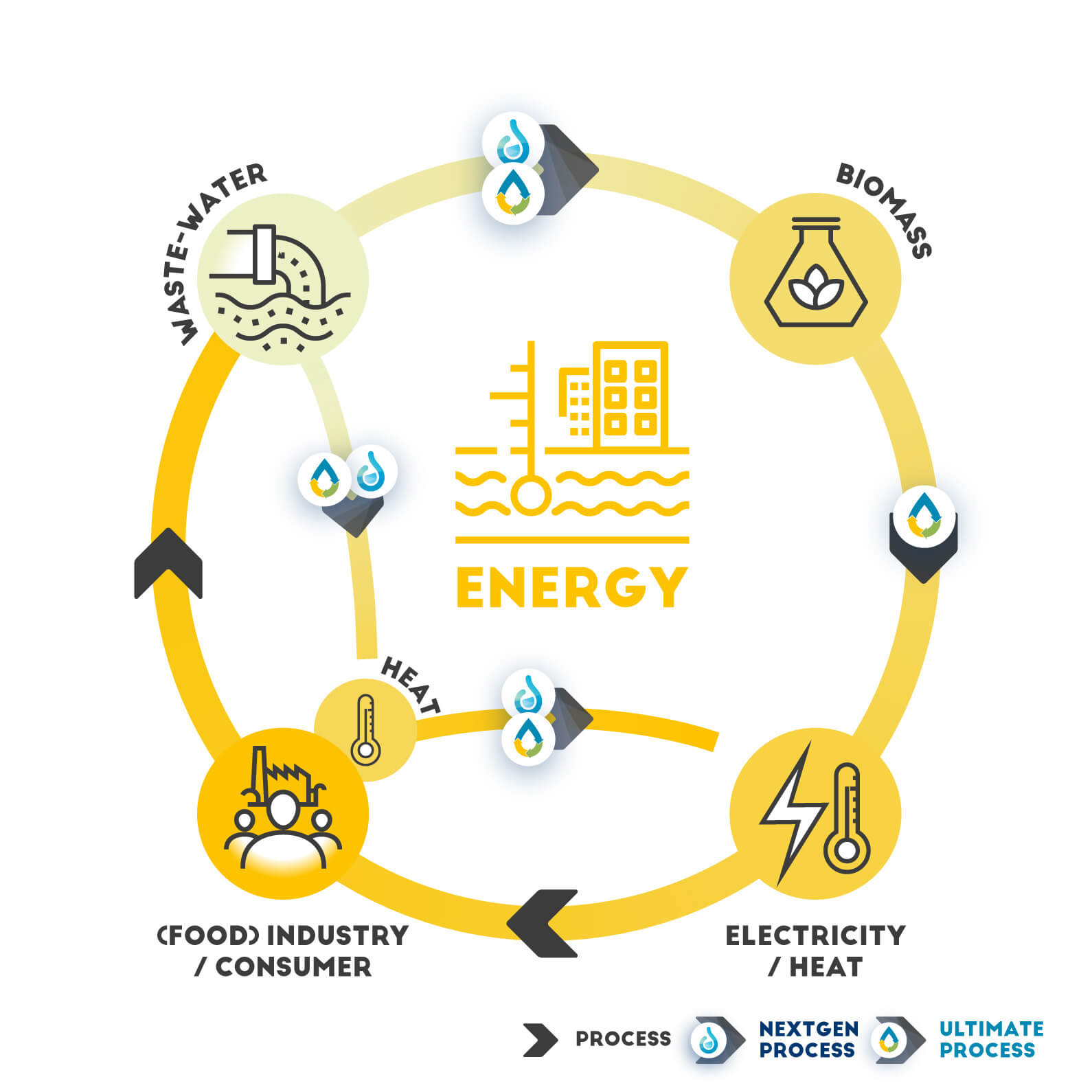
Energy recovery technologies
In order to mitigate the human made climate change, we urgently need a transition from fossil fuels to renewable energy…

Groundwater systems
Groundwater recharge, storage and recovery practices are based on the circular economy concept for water reuse, also pr…

Rainwater harvesting systems
Rainwater harvesting systems are based on the principles of circular economy for the rational use of rainwater resource…
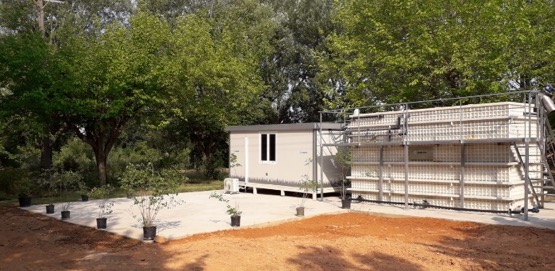
Sewer mining
Sewer Mining is a treatment plant in a container in which: extracts wastewater from local sewers that run under every …

Wastewater treatment technologies for water reuse
Wastewater treatment and water reuse by implementing circular economy principles is an alternative source of water supp…
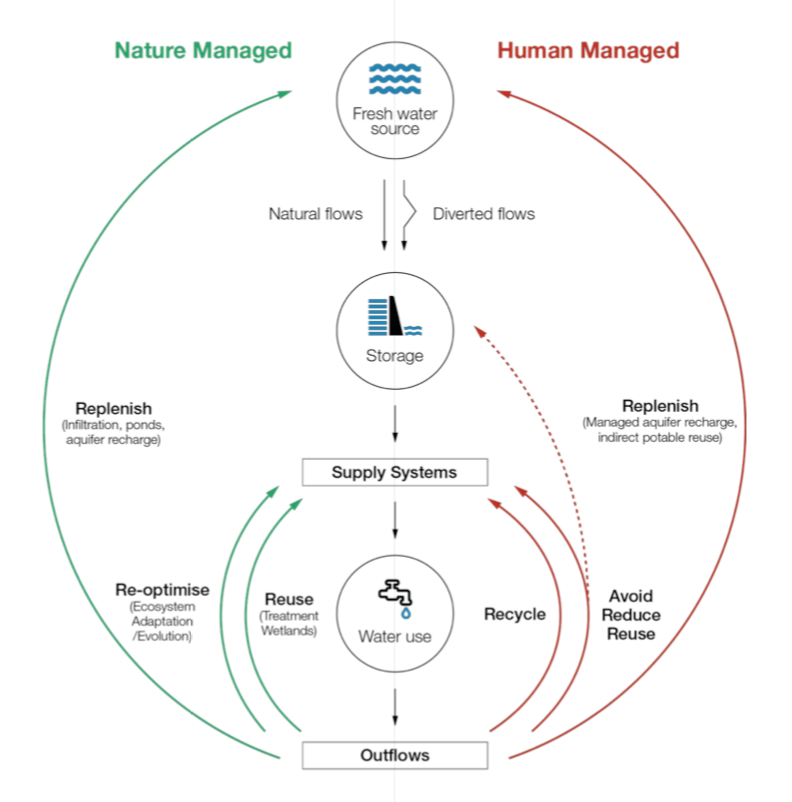
Water recovery technologies for water reuse
The opportunity with circular economy for water is to better align the human water cycle with the natural water cycle t…

